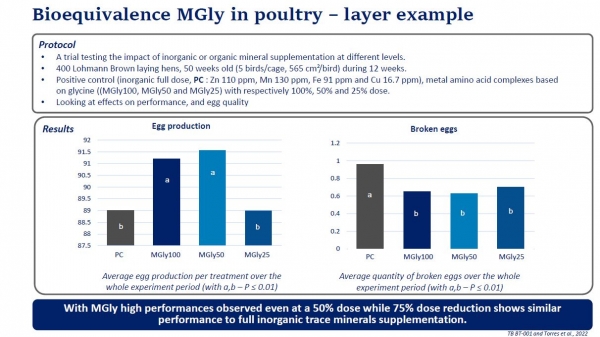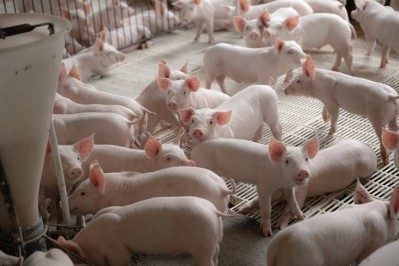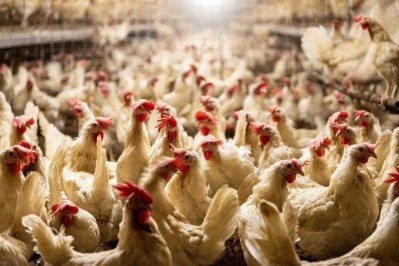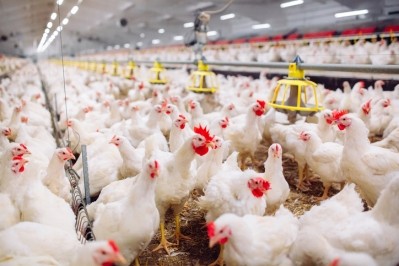IPPE 2024
Can organic trace minerals enable more efficient use of limited resources?

Using highly available trace mineral sources may reduce the need for safety margins, notes Mieke Zoon, global product specialist and team manager, minerals, acids and toxin binders, ADM Animal Nutrition.
She gave a TECHTalk at IPPE 2024 on how to harness the potential of organic trace minerals to enhance sustainable poultry nutrition.
The supplementation of trace minerals in feed plays a vital role in supporting various aspects of bird performance throughout different production phases:
“Trace minerals are essential nutrients required to support performance and animal well-being, including growth, feed intake, immune function, fertility, and final product quality for end-consumers: meat, milk, and eggs. The goal of these feed additives is to fulfill the animal’s requirements to be able to reach their full genetic potential and improve economic returns for producers,” outlines Zoon.
Traditionally, inorganic trace minerals have been the go-to source for meeting these requirements due to their widespread availability and affordability. However, the ease of incorporating inorganic sources into feed often leads to over-supplementation, which can have negative implications for both nutrient utilization and overall production efficiency, she explains.
Compounding this issue are antagonistic interactions between nutrients, hindering their absorption and utilization. Organic trace minerals, however, can support the poultry industry’s quest for efficiency; by quelling these antagonisms, organic alternatives promise not only enhanced nutrient utilization but also a reduction in overall supplementation levels, claims Zoon.
Across the world, poultry producers supplement trace minerals in feed at varying levels, depending on the production phase of their birds. There is a wide variation in recommendations and practically applied trace mineral levels. An ADM market review found median values (mg/kg) per phase:
| Broiler-starter | Broiler-grower | Broiler-finisher | Layer-Breeder |
Zinc | 69 | 65 | 50 | 62 |
Manganese | 70 | 65 | 60 | 67 |
Iron | 40 | 40 | 31 | 45 |
Copper | 10 | 9 | 8 | 9 |
Regulation, price and availability challenges
Moreover, over-supplementation of trace minerals is increasingly challenged due to the negative environmental impact of doing so, and the contribution to heavy metal antimicrobial resistance (AMR), she argues.
Indeed, the rise of AMR has prompted regulatory interventions regarding the permissible usage levels of certain minerals, such as the use of zinc oxide to control pathogens in pig production, or copper supplementation for growth promotion, necessitating changes in feeding and farm management practices to minimize the risk of disease and maintain optimal animal performance, reports Zoon.
Additionally, factors such as the increasing demand for metals in industrial and agricultural sectors pose challenges to mineral availability and affordability. This underscores the importance of exploring alternative, more efficient mineral sources to support animal production sustainably.
Precision feeding has emerged as a key strategy for providing balanced diets tailored to meet the nutritional needs of animals at each stage of production, contends the ADM expert. This approach, coupled with the use of high-quality organic trace minerals, not only enhances nutrient availability and uptake but also contributes to environmental sustainability by reducing waste and minimizing heavy metal contamination, she adds.
Bioequivalence
Most research on animal requirements is done with inorganic mineral sources, which means knowledge is lacking on the uptake of nutrients from organic trace minerals, maintains Zoon.
“Understanding the bioequivalence of alternative trace mineral sources is needed to close this gap and establish industry guidelines for more precise supplementation. ADM has conducted multiple research trials to determine bioequivalence for poultry supplements. Our findings indicate that a full dose of inorganic minerals can be replaced by a 50% reduced dose of high-quality chelates of glycine without loss of performance.”
We talked to Novus about its trace mineral research at IPPE 2024 as well; a trial it conducted in Australia assessed the impact of supplementing a standard Australian broiler diet with mineral methionine hydroxyl analogue chelates (MMHAC) zinc (Zn), copper (Cu), and manganese (Mn) on broiler growth, carcass yield, and excreta mineral levels.















